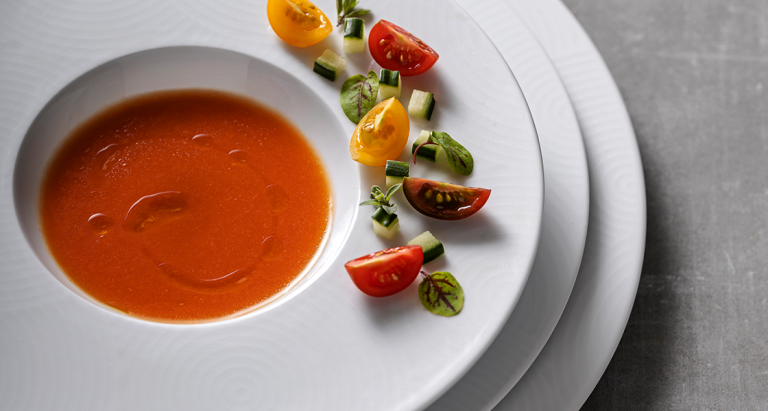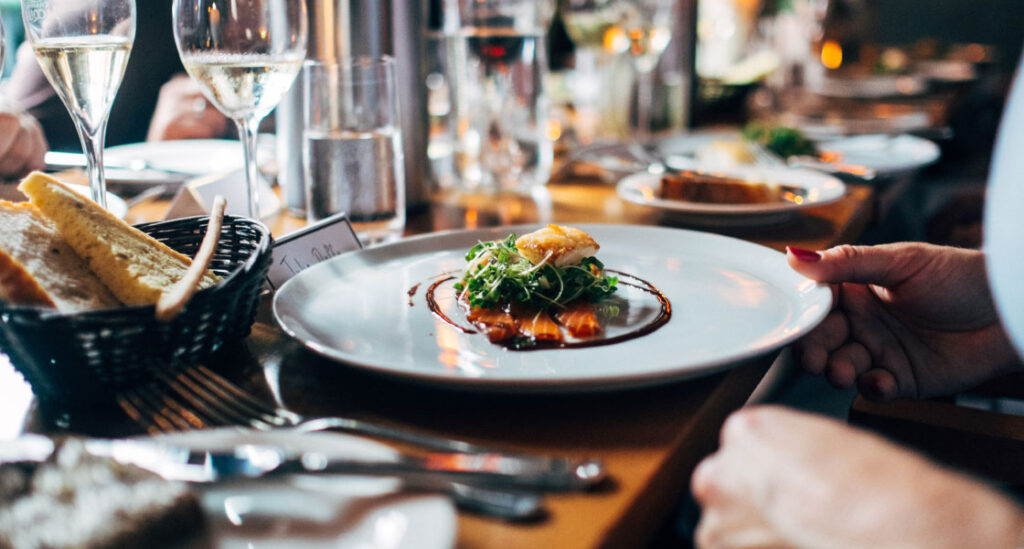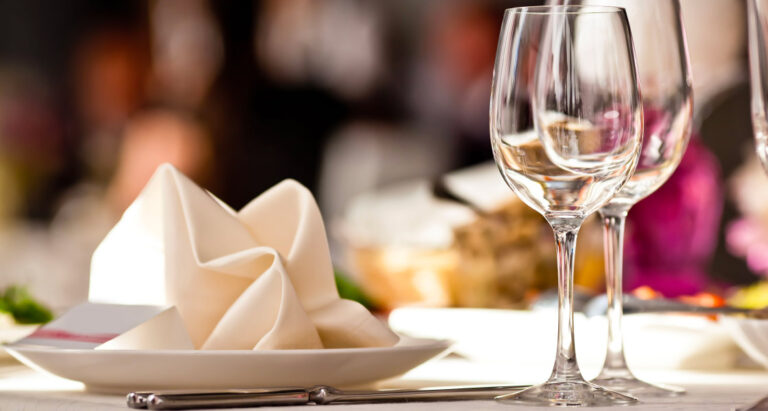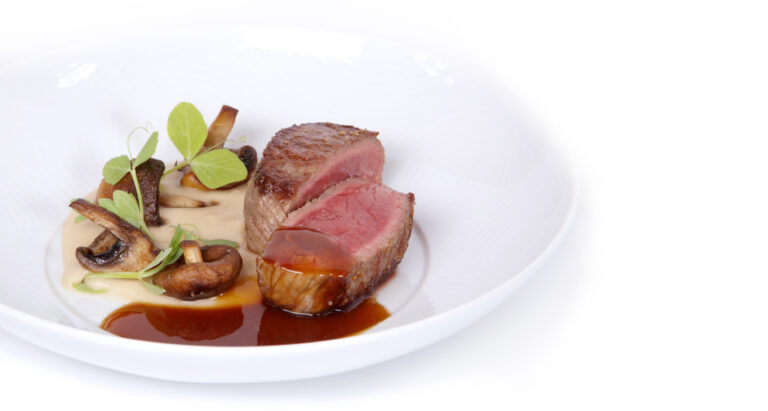
Menu

Table etiquette rules should not only apply when you go to hotels and restaurants or are invited to a meal at someone’s house. If you keep up these good uses every day as a family, as you will be setting a good example for the youngest ones. On the other hand, cultivating etiquette rules as routines helps you keeping them and applying them naturally, wherever you are.
Uses in society vary greatly from country to country, according to their cultures and traditions. In this article, we will be sharing with you some of the most curious table etiquette rules in different parts of the world.
6 Table etiquette rules around the world
1. Take off your shoes to eat
Before entering Japanese houses, it is usual to take off the shoes worn outside. If you are invited to visit someone’s home in Japan, for a meal, for example, remember to take off your shoes before entering. This use is seen as a sign of respect towards your hosts.
2. Eating with your hands
If you are in Chile, think twice before putting the cutlery down and touching the food with your hands. In this country, this use is considered a serious lack of hygiene, so you should never take any food directly with your hands.
Interestingly, in Mexico, table etiquette rules are more informal. In this country, someone who uses cutlery for everything, throughout the meal, might be seen as a pretentious and arrogant person.
3. Arriving elegantly late
In certain parts of the world, arriving a few minutes after the scheduled time is not considered as a lack of education. A small delay in social commitments, such as a meal, can even be perceived as elegant.
On the other hand, in the vast majority of the European countries, this use is considered a lack of respect and should always be avoided.
4. Sipping soup noisily
In some Eastern countries, such as Japan, eating the soup making noise is interpreted as a sign of pleasure and a form of praise to those who prepared it.
However, if you are in the UK, sipping the soup, or the tea, with noise is considered inelegant and a serious breach of the most basic table etiquette rules.
5. Kissing the bread
In many cultures around the world, bread is seen as an almost sacred food. In the Middle East, if you drop bread on the ground during a meal, do not throw it away. You must pick it up, shake off any impurities and kiss it before putting it back on the table.
In certain regions of Italy, and even in Portugal, we can observe this use amongst the elderly.
6. Eating with chopsticks
In Asian countries, the cutlery we are used to in Europe (knife, fork and spoon) is replaced by two chopsticks, usually made of bamboo (hashi).
In addition to requiring some skill in handling them, know that you should never leave them upright in a bowl. This is considered as a serious outrage towards those who have prepared the meal!
As we have seen, table etiquette rules are widely variable. Uses considered as normal, in some countries, can be considered as inelegant (or even offensive) in other cultures.
The most important thing when it comes to good manners is knowing how to behave yourself, but also how to adapt yourself.
If you are travelling to a very different country, culturally speaking, you should inform yourself beforehand about the etiquette standards practiced there. This way, you will always look good at the table!
Subscribe our blog!




